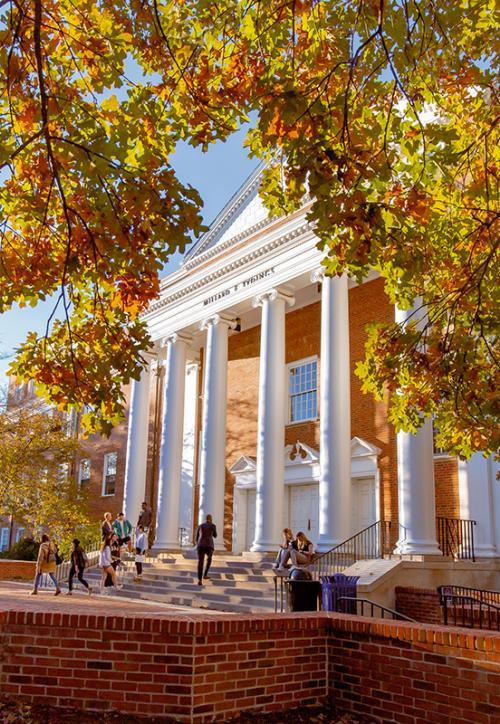AASD Chair Lauds Efforts to Address Language Achievement Gap
The following is a statement released on Nov. 11 by Odis Johnson, Jr., PhD., Chair and Associate Professor in the African American Studies Department of the University of Maryland. Dr. Johnson’s areas of expertise include educational policy, minority achievement and urban inequality.
The International Network for Public Schools, Prince George’s Public Schools, and CASA de Maryland’s announcement that the Carnegie Corporation of New York had provided a $3 million grant to open two schools for English-language learners (ELL) in Prince George’s County, Maryland, has generated hope and controversy. It has generated hope among the county’s Hispanic population, which has grown by 71,915 between 2000 and 2010, according to the U.S. Census. The Hispanic population accounts for 14.9 percent of the county’s total population and 26 percent of its school population.
The announcement was also greeted with enthusiasm by county officials who see the proposal to open two language-learning schools-of-choice as a way to address the educational needs of immigrant youth and ELL students who, on key student indicators, are not reaching their full potential. For example, the four-year cohort graduation rate in 2011-2012 for students who spoke English as a second language was approximately 57 percent, while the graduation rate for the school district was 72.9 percent. These disparities are greater in areas with larger Hispanic populations, such as Langley Park. A report issued by the school district, the Urban Institute and Casa de Maryland show that Langley Park is nearly 80 percent Hispanic, has three times as many families in poverty as there are in the state, and has eight times as many high school-age youth disconnected from schools as there are in the state.
While the collaboration and dedication of resources to the school system has been welcomed by some, it has been opposed by the Prince George’s County Branch of the NAACP. Statements appearing in The Washington Post on September 24 made by Branch President Bob Ross express concern for the plan’s segregation of Hispanic populations. He states that the plan “goes in contrast to Brown vs. the Board of Education and the 14th Amendment of the Constitution” and “must stay within the boundaries of the law.”
Yet, there is another way to understand segregation and the legacy of Brown in relation to immigrant youth and ELL students. One only has to recall the McLaurin v. Oklahoma State Regents case, one of the precedent setting decisions that led to Brown and the reversal of Plessy v. Ferguson and the “separate but equal” doctrine. Although McLaurin had been admitted to the University of Oklahoma, the institution segregated him within its educational settings—the library, cafeteria, and by placing his desk just outside the classroom doorway. Pursuing the NAACP’s approach of language immersion would secure for Hispanic students today the same type of isolation that McLaurin experienced more than 65 years ago. ELL students would be integrated yet unable to exchange ideas with the majority of their peers, receive instruction in the language they comprehend best, and see their culture reflected in school practices.
African Americans are not unfamiliar with this form of isolation. In fact, one of the nation’s first ELL court cases was filed in 1979 by African American children, Martin Luther King Jr. v. Ann Arbor School District. The court found that “no state shall deny equal educational opportunity to an individual on account of his or her race, color, sex, or national origin” by its “failure to take appropriate action to overcome language barriers that impede equal participation by its students in its instructional programs.” Not moving forward with the creation of these ELL schools in Prince George’s County would not only be a failure to take appropriate action, but it also would be inconsistent with the spirit of Brown.
Published on Thu, Nov 13, 2014 - 10:30AM



